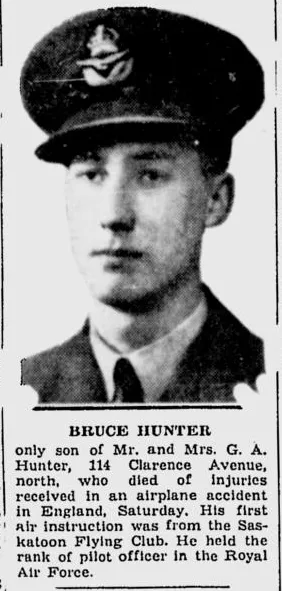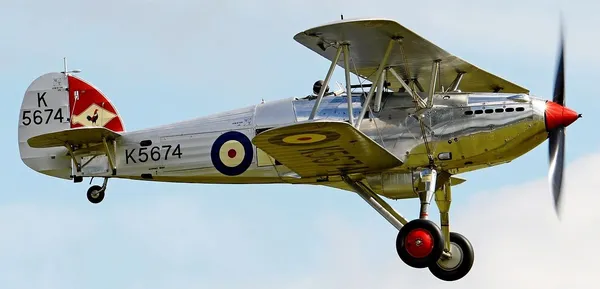224 Squadron (Fedele All Amico) Pilot Officer W B Hunter (RAF)(Can), flying Hawker Demon K 8196and Pilot Officer G W Winder (RAFVR, flying Hawker Demon K 8196 were in a mid-air collision over the 1 Air Armament School, Donna Nook Ranges
Pilot Officer Hunter was killed in the crash. Pilot Officer Winder survived but died the next day from his injuries


